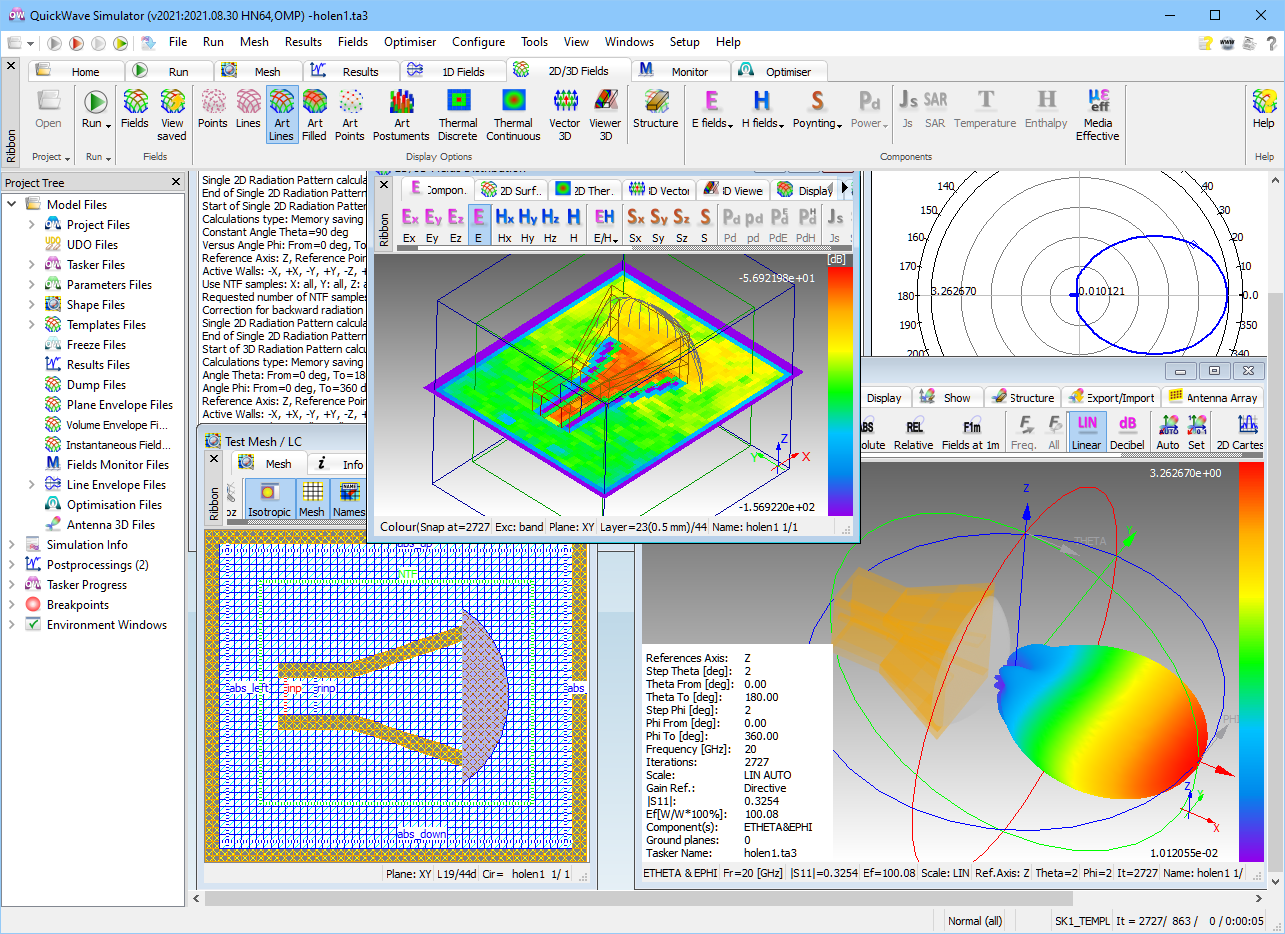


Microwave power applicators feeding axially symmetrical tunnels, through which the load is passing. One example are free-fall tunnels and axisymmetrical cavities (S.Bradshaw et al, J.Microwave Power & Electromagnetic Energy, vol.40, No.4, 2007).
Cylindrical batteries, from those most popular in consumer use today up to Tesla’s new Model’3. The modelling of batteries is currently of top interest to industry and research worldwide, due to the need for reducing CO emission, as represented by the European Green Deal Action. QWED contributions here are through the H2020 NanoBat project, where so-called Half-Cell and Full-Cell axisymmetrical battery models (https://nanobat.eu/collaboration/oie) are considered as representative of the above needs.
